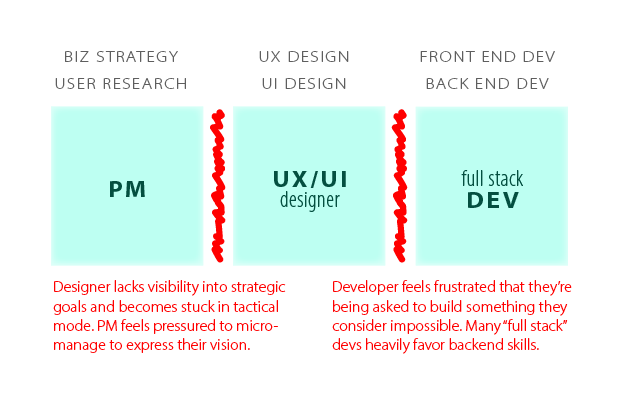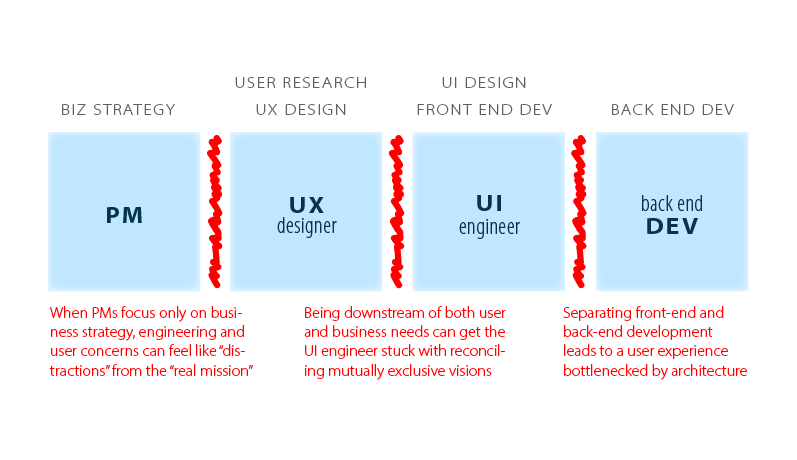
One of the most important Enterprise design tools you can learn is PowerPoint
This is not (just) my usual spiel about most visual tools being merely documentation - if you don't know how to make your decks look good, it'll be rough to get your ideas across.
PowerPoint can do almost everything InDesign can do. Take advantage of it.
PowerPoint can do almost everything InDesign can do. Take advantage of it.
https://twitter.com/PavelASamsonov/status/1212064008666320899
Being a great speaker with pretty, TED-style full bleed image slides won't help you when an exec asks you to email them your deck.
Being able to comp beautiful presentation layouts in Photoshop or Figma won't help you when an exec asks you to email them your deck.
Being able to comp beautiful presentation layouts in Photoshop or Figma won't help you when an exec asks you to email them your deck.
For better or for worse, enterprise runs on Microsoft Office, and if you don't even know how to make custom vector shapes you're going to waste a lot of your time and a lot of everyone else's time.
You probably don't need to be *this* good - but it won't hurt.
The reason I highlight PPT is that it's far more than telling a story - it's a medium for the story to spread beyond one storyteller. It's memetic, riding on deeply furrowed channels. Movers and shakers can pick up the deck and start telling your story.
https://twitter.com/iamdavidobrien/status/1354903133189791744
To put it more bluntly: there's a 99% chance that "a PowerPoint deck" is what the exec's idea of "a proper story" looks like. If you give them something else you're fighting an uphill battle for no reason. They won't care that the fonts look better in Slideshare.
• • •
Missing some Tweet in this thread? You can try to
force a refresh







